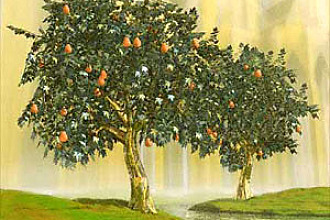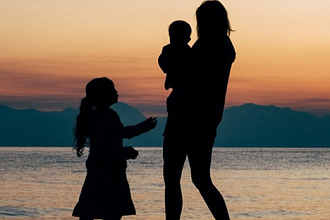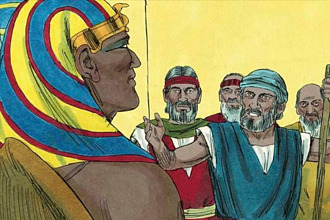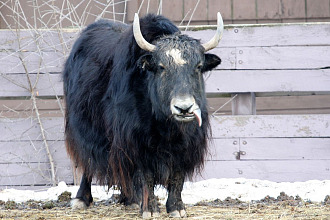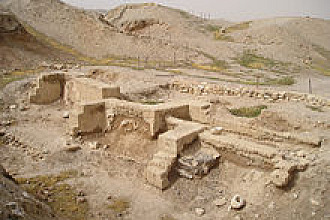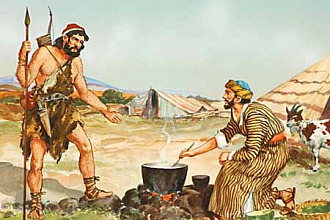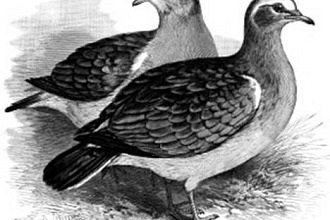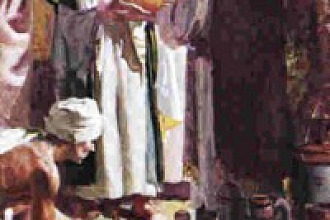In the sanctuary that was given to Moses, God's presence was made manifest to the people.
As we pull back the curtain we see the Ark of the Covenant in the Most Holy Place. About 3 1/2 ft long and a little over 2 ft wide, this chest of acacia wood covered with gold was the most important facet of God's plan for His people. In this Ark was God's Holy law, His Ten Commandments, written in stone, as well as a pot of manna and Aaron's rod which budded. God's shekinah glory, God's presence with Israel, resided just above the ark between the angels. The top piece of the Ark was called the mercy seat because God's mercy covers his law. King David said, "Mercy and truth are met together."
How can God uphold His law and yet at the same time be merciful? King Solomon truthfully wrote that all have sinned, broken God's law. So we all deserve to die. How then can God allow anyone into heaven? The answer is found in God's Sanctuary in the feast of Yom Kippur, also known as the Day of Atonement, or the Day of Judgment. This was the only day of the whole year when the High Priest was allowed to enter into the Most Holy Place. He would sprinkle blood from a goat upon the mercy seat, while praying for God to accept this blood for the sinners, and for God to grant forgiveness. Everyone who came to the sanctuary on that day, willing to count all their past mistakes, sins, wrong attitudes, and bad habits as dead, killed with the goat, could accept, by faith, God's forgiveness. These people also needed to determine that with God's power they were not going to do them again, that they were going to allow God to change their desires, actions and character. Thus God was able to accept the blood of the goat as a substitute because the goat slain represented the work of the Messiah dying for our sins.
Just as the High Priest brought the blood of the goat before God at the mercy seat, the Messiah is presenting His own blood before the Father in the heavenly sanctuary for the forgiveness of our sins.
Picture originally found here










